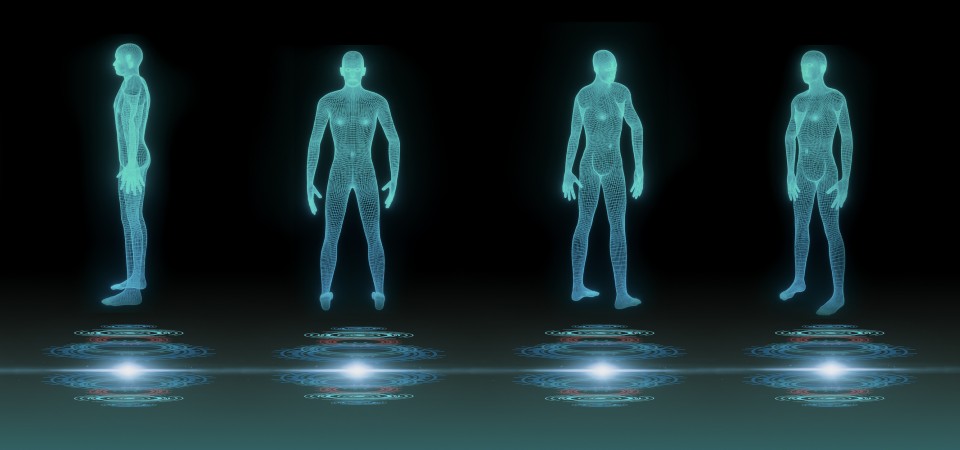Researchers from Loughborough University and the University of Manchester have written a free algorithm that can be used with any scanning machine.
The new code, called Gryphon, is a simple data processing tool that identifies errors in the scan measurements and removes them.
A new paper published in the journal Ergonomics shows how the team took 121 measurements from 97 participants using the Gryphon code and compared them to the current industry-standard data processing method.
They found that the average margin of error for current 3D scanning machines is around 13.8cm when data is captured non-consecutively.
However, once the Gryphon code had been used alongside capturing data consecutively, the figure fell to 0.3cm… a 4500% improvement in precision.
Lead author Dr Chris Parker, of Loughborough School of Design and Creative Art, said: “When 3D body scanners measure people, the measurements can be so different from what you would take with a tape measure that the results cannot be easily used”.
“In fact, 0% of current measurements meet the precision you might expect from an expert, and are too imprecise to design clothes. We change that.
“At the minute, practitioners who use 3D scanners need a lot of training to spot errors, remove them from the data set, and rescan the person – so mistakes are common. Because of this, 3D body scanning is slow and, in many ways, unreliable.
“If the 3D body scanning industry adopts Gryphon into their software, then they will make their measurements 4500% more precise than they currently are – and it can all be done through a simple software update.
“We hope this will speed up 3D body scanning, removing the need for highly trained operators to correct mistakes, and - ultimately - help 3D Body Scanning create custom garments for everyone - without the fuss.”
Scanners are used in various industries such as performance sportswear design, fashion design and 3D morphometric evaluation.
They are also used for ergonomic and anthropometric investigation of the human form.
ENDS
